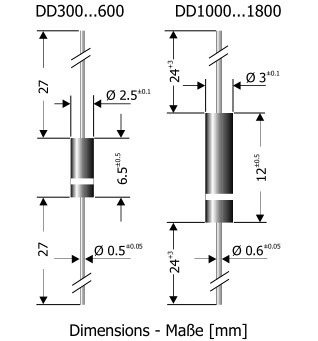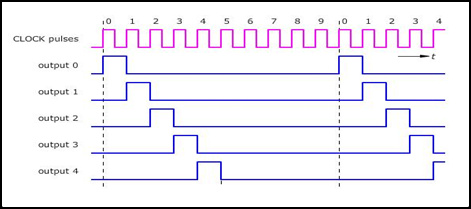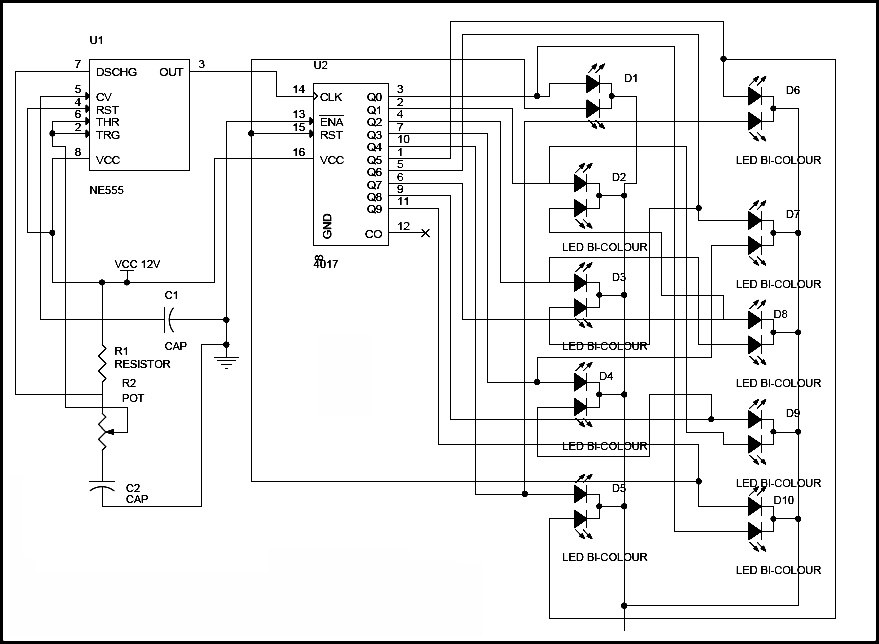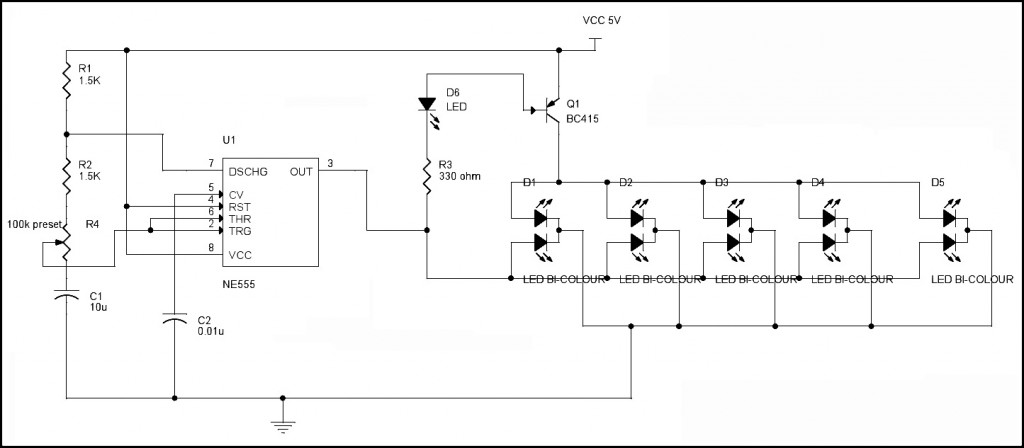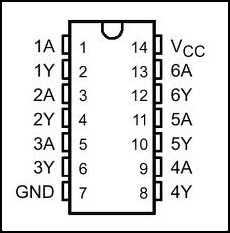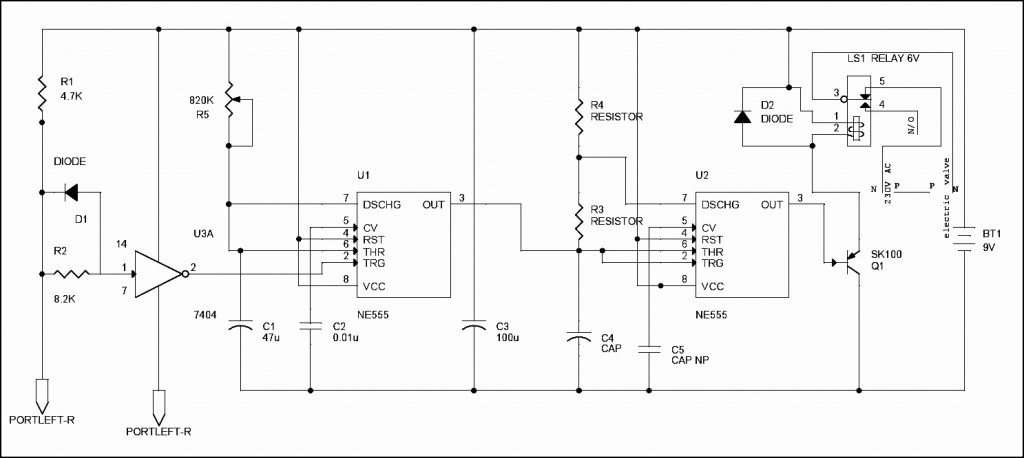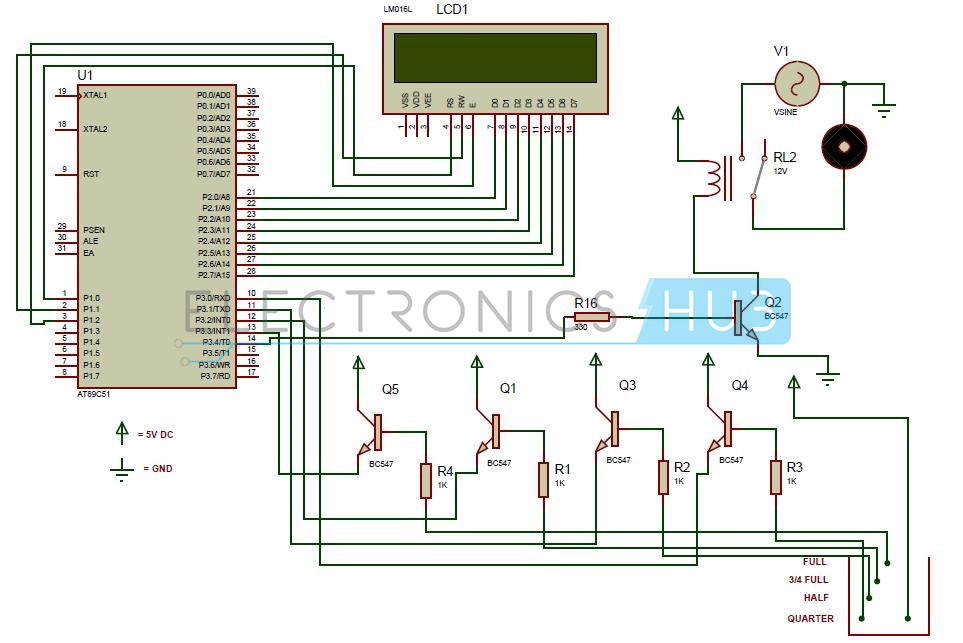LED (Light Emitting Diode) is a
semiconductor light emitting diode. We know that diode allows the
current in one direction and does not allow the reverse current which
will affect the components in the circuit. LED also do the same function
but will emit a small light when it allowed the current, which will
give the sign or visual indication to the normal human that circuit is
working. There are lots of applications using LEDs. They are mainly used
for visual indication in any electronic devices, measuring and
interacting with the process, displaying the pictures in TV or in any
advertisement hoarding, etc.
Two LED blinking circuits are given
below. First one is dancing bi-color LEDs (two different color LEDs)
where the two color LED will run in sequence. In the second circuit, we
will blink the LEDs in regular period of time.
Dancing Bi – Color LED Circuit:
Generally we use small voltage bulbs in
the dancing bulbs. This circuit is mainly used in the occasions,
decoration articles or in visual indication sign boards etc. In this
project, we use bi-color LEDs for sequential running light.
Block Diagram of Bi-Color LED Circuit:
Timer is used for setting the sequential
flow rate for the bi-color LED panel. The CD4017 is a decade counter
which provides the timing and will make the LED ON/OFF according to the
time determined.
Main Components in this Circuit:
CD4017: CD4017 is a 16
pin decade counter and only 10 pins are used for output. The 4017 will
get triggered by the clock pulses. Main operation of the decade counter
is as follows: When a clock pulse is taken as an input, only one output
is made high for first clock pulse and remaining all output pins will be
made low. For the second clock pulse, another output pin is made high
and remaining all pins are made low and so on. Time period of the output
pin is high according to the width of the pulse. CD4017 is used in many
applications where counter is needed.
CD4017 clock pulses from output pins timing diagram is shown below:
Bi-Color LED Dancing Lights Circuit Diagram:
Circuit Diagram Explanation:
- In the Bi-color LED, it should be connected to the counter as shown
in the circuit. The anode of first LED in bicolor LED is connected to
the anode of second LED of 10th bicolor LED and in the same
fashion, the remaining LEDs are connected, only the second anode of
first bicolor LED is connected to the reset pin of the CD4017. All the
cathode of bicolor LEDs is made ground.
- The main operation of this circuit depends on the 555 timer which is
set in astable multivibrator mode and decade counter CD4017; the 555
timer will generate low frequency clock pulse and give input to the
decade counter which will make the sequential running of the LEDs.
- Variable resistor can vary the resistance which will change width of
the pulse. If pulse width is changed, the time period of running the
LEDs will also get changed. We run the LEDs in fast or slow. Running
speed can be altered by variable resistor. The first anode of 10th bicolor LED is made short to the reset pin of the decode counter for continuous running of lights.
LED Flasher Circuit:
LED Flasher is a simple circuit which
will blink the LEDs in regular time period. This circuit can be used for
decoration purpose or can be used for a signaling purpose and many
more.
Block Diagram of LED Flasher Circuit:

The 555 timer is used to generate the PWM signal which will cause the
LEDs to blink. The speed of the blinking by LED is determined by the
potentiometer connected to the 555 timer. The PNP transistor is used to
flash or blinks the LEDs.
LED Flasher Circuit Diagram:
Circuit Explanation:
- The 555 timer is made to be configured as a astable multivibrator.
The potentiometer which is connected to the timer should be preset and
also to adjust the blinking or flashing speed of the LEDs.
- The bicolor LEDs are used in this circuit and connected to each
other as shown in the schematic. The PWM signal is the output of the 555
timer given to transistor, which acts as an inverter. When the pulse
generated by 555 timers is low, transistor will get ON and LEDs will get
ON. When the input of transistor is high, transistor will get OFF and
LEDs are made OFF. This ON/OFF of LEDs will go for every pulse width
signal cycle. This mechanism will make the LEDs flashing.
LED Blinking Circuits Applications:
- Dancing LED circuit can be used for any visual sign indication in any highways or it can be used in advertisement hoarding also.
- LED blinking circuit can be used in signaling purpose (It can be used as signal for help, if you are in danger)
- LED blinking circuit can be used as flashing beacon.
- LED blinking circuit can be used as vehicle indicator when it is
broke down in the middle of the road. It can be used in operation
theaters or offices as an indication that you are engaged in work.
- There are lots of applications with these two circuits.
Read more...

